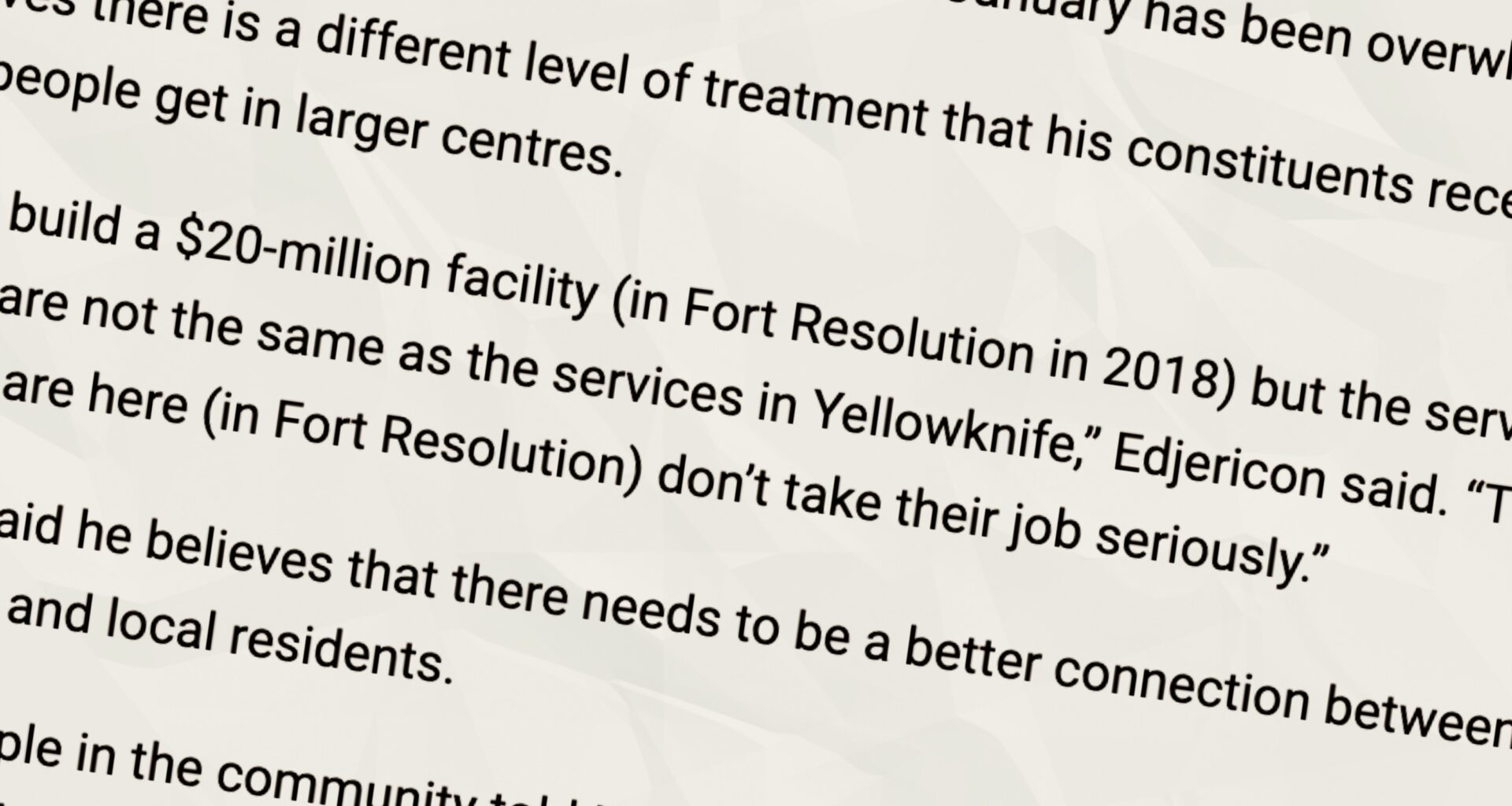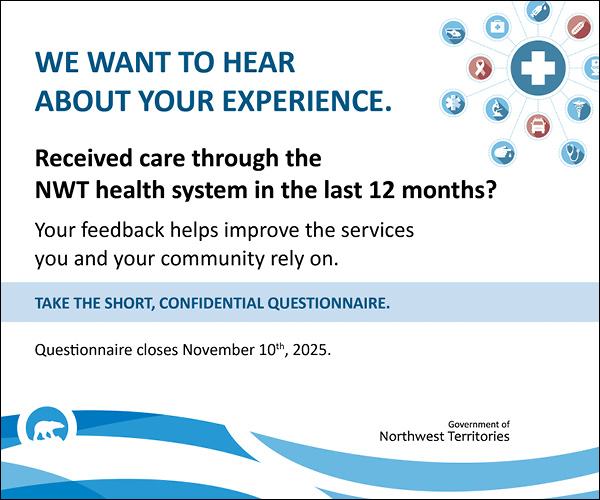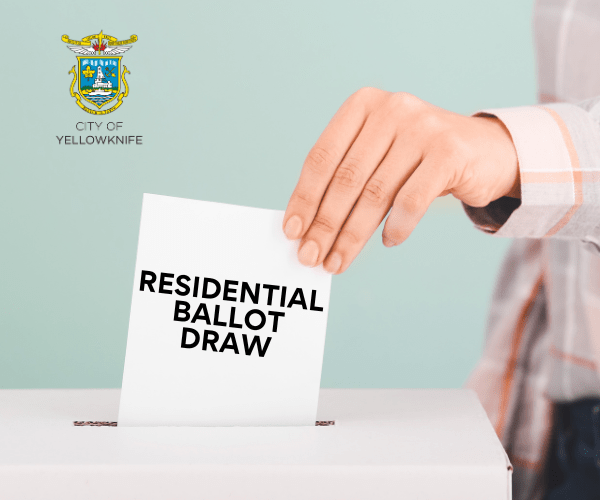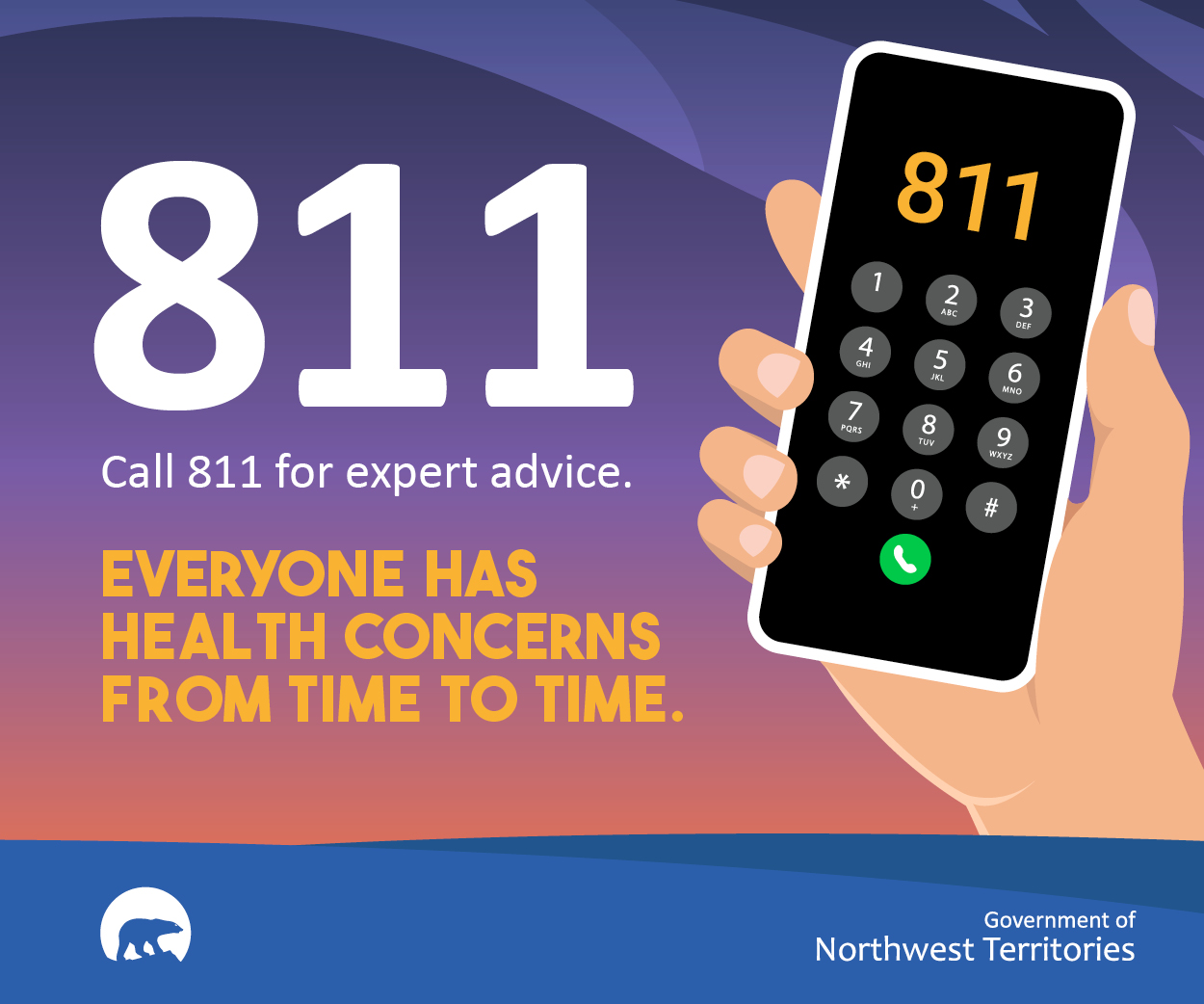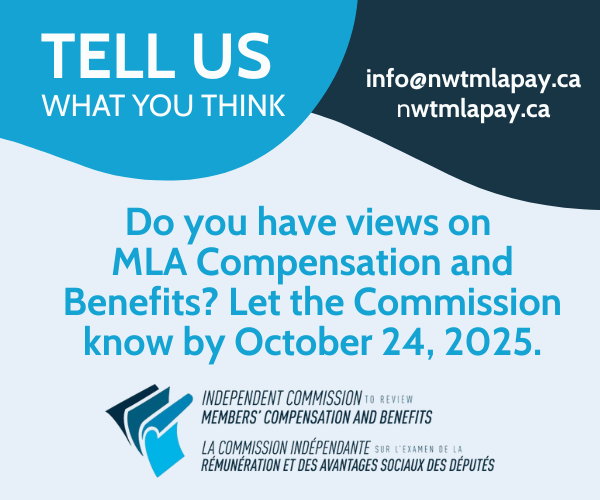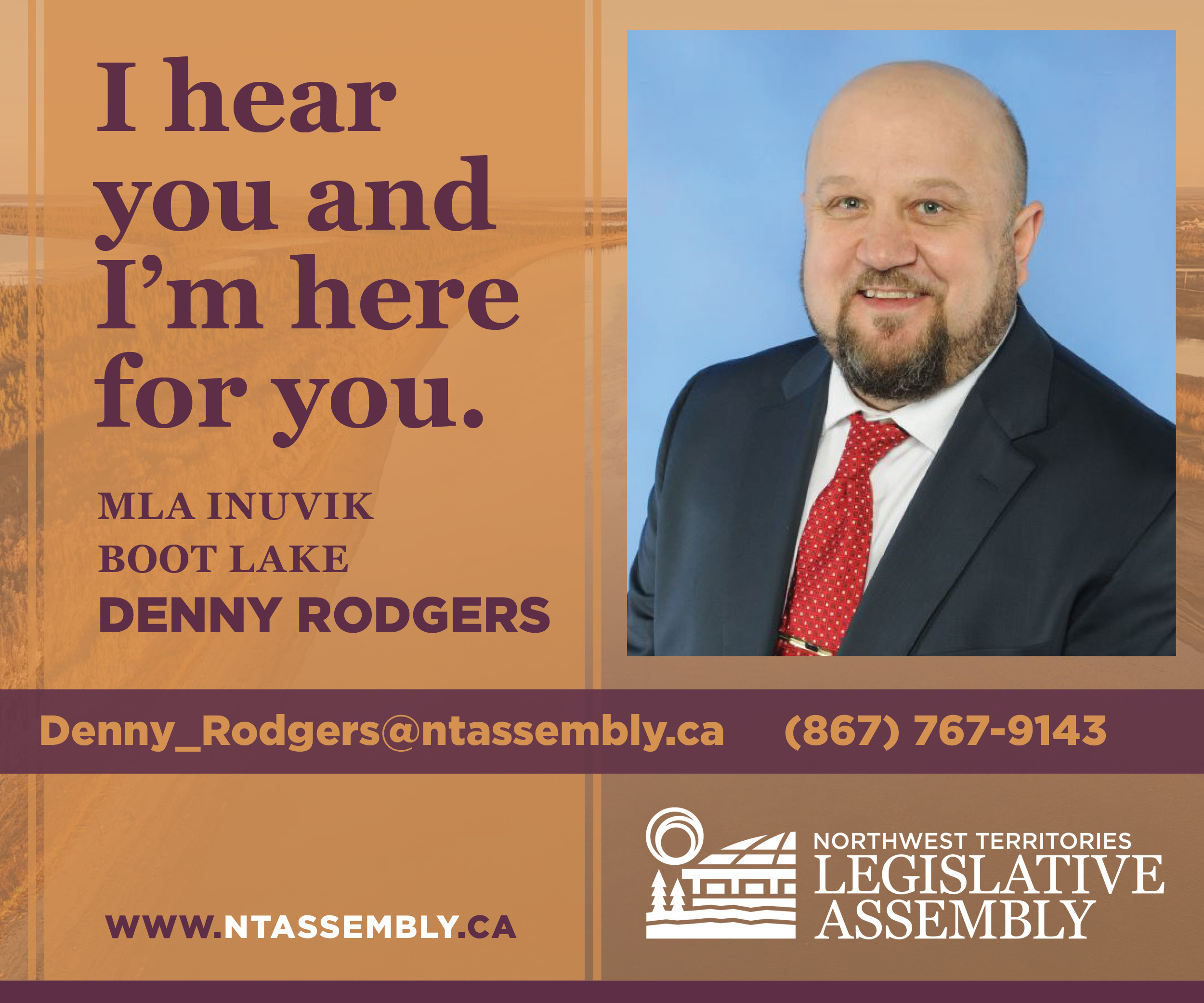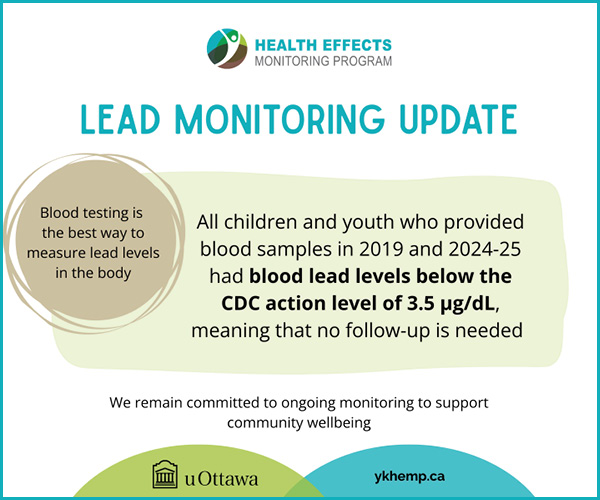On April 25, 2022, some Fort Resolution health centre staff were part of a meeting to discuss what one occupational health and safety worker had called a “trend in verbal/assault/harassment.”
For months, if not years, relations between the health centre and some residents had been strained.
Cabin Radio documented examples of that in the first part of this series. This is the second of four articles exploring the case of nurse-in-charge Jennifer Patterson and the campaign led by an MLA against her.
In this article, we’ll track how news organizations reported on tensions in Fort Resolution and the consequences. Much of what follows appeared in earlier reporting, but never in one place. This account contains new information from records that were not previously public.
At the heart of those news organizations’ reporting was an NWT health authority policy created in 2019 that prevents nurses from leaving a health centre to attend emergencies.
The policy was designed with safety in mind. Successive NWT health ministers said it wasn’t fair on nurses, who don’t have the training to act as paramedics, to ask them to perform that job.
Community governments were told they should provide ambulances, but in practice few NWT communities do. Often, First Nations or RCMP step in.
To residents facing a medical crisis at home, it could be hard to hear from the health centre nurse that they were not going to attend. News reports, records of phone calls and internal emails suggest this was a frequent source of conflict in Fort Resolution.
“They’re angry at the system and they take it out on healthcare workers, and there’s nothing done to protect us,” said one longtime nurse who has worked in the community and who spoke on condition of anonymity to protect their employment. We’ll call them Alice, which is not their real name.
Multiple healthcare workers told Cabin Radio they knew the 2019 policy change was frustrating to residents and the health authority had not introduced a plan to protect nurses from bearing the brunt of their dismay.
“It was a dead wrong decision,” said Alice, who added the GNWT had “dumped it back” on small communities to form an ambulance service without any awareness of how to do that.
“So now you’ve got people in homes and there’s no way to get them out of the houses.”
Alice said she didn’t like the old policy, either, but the new one seemed like the wrong answer.
“The previous model wasn’t working because it had the nurse going to a house who isn’t trained how to do that and didn’t have any support. I understood why nurses were nervous about going,” Alice said.
“What they needed to do was refine the policy and get some more people involved so that it worked better, but they didn’t.
“I believe that policy shift basically put people’s lives at risk.”
The issue had already made the news
In 2021, Steve Norn – who was the MLA representing Fort Resolution at the time – told the legislature an Elder had died after nurses were unable to respond to their medical emergency, even though the Elder was less than a few hundred metres from the health centre.
Norn said his district, Tu Nedhé-Wiilideh, had more recently lost another resident who “could very well have been still with us if there was a swift response to attend to their emergency.”
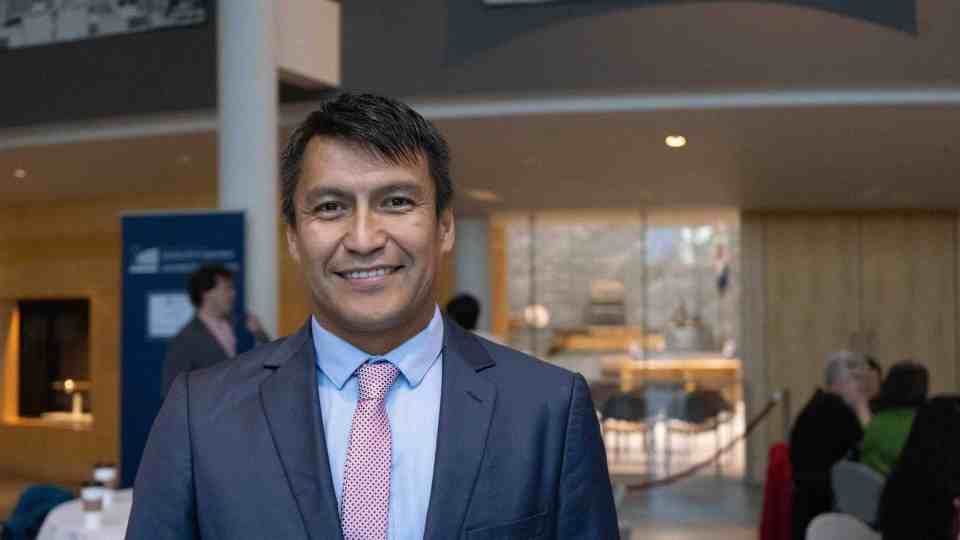 Steve Norn in October 2019. Sarah Pruys/Cabin Radio
Steve Norn in October 2019. Sarah Pruys/Cabin Radio
“I do understand the need to protect our local medical staff, to prevent them from being put into compromising situations,” Norn said at the time.
“However, I strongly feel that Health and Social Services needs to step up their game and work with our communities to help prepare them in what to do in the event of an emergency.”
Then-health minister Julie Green told Norn the underlying issue was a lack of ambulances, a “longstanding problem” that she said the Department of Municipal and Community Affairs was working to solve.
A day after that exchange, the CBC interviewed Laney Beaulieu, who is from Fort Resolution and studied medical sciences at Western University.
Beaulieu called the GNWT policy that prevents nurses from leaving health centres in emergencies “blatantly racist and dangerous.”
“This policy doesn’t affect people in Yellowknife or Hay River, where there is a very large population of non-Indigenous people,” she told the broadcaster.
Instead, Beaulieu said, the policy “negatively affects Indigenous people in small, isolated communities, where nurses are the only form of emergency response that’s available.”
The newspaper publishes an article
Both Norn and Beaulieu voiced concerns that focused on the policy and what it meant, in practice, for residents in distress.
But at the Fort Resolution health centre, Patterson said news reports were having a broader effect on staff.
Articles written in the past year “resulted in a social media campaign of harassment and threats towards the nurses,” Patterson told the NWT health authority’s regional manager in an April 7, 2022 email.
“We also received a specific phone threat of violence after the news reports, which the COO was made aware of and we were advised to file a complaint with the RCMP.
“The verbal abuse of the nurses surrounding this policy continues. Bottom line, it is this community’s perception that the nurses should be the ones to pick up the patient, and by not doing this we are ‘lazy’, ‘incompetent’ and ‘racist’.”
The same month – two days after the meeting about harassment – another news article was published, this time by NWT newspaper group NNSL.
The headline read: “Fort Resolution residents demand better health treatment.”
That article documented the experiences of residents Trudy King, Dollie Simon and Lucy Fabien.
“They allege incompetence from community nurses and management, a lack of patient-client professionalism, a lack of reliable staffing and even systemic discrimination. Commonly, they say they feel helpless when trying to voice their complaints,” the article stated.
King described exactly the concern Norn, Beaulieu and others had raised – the inability of a nurse to attend a home in an emergency. In this case, she described a young woman unexpectedly giving birth at home. “I took off to the health centre… but the problem was that the health centre would not send anybody to the house,” NNSL quoted King as saying.
Simon had concerns about being billed large sums for medical travel, a part of the healthcare system for which local health centres and their nurses are not responsible.
Fabien described being kept waiting – unnecessarily, in her view – for bloodwork, and also being sent to Hay River for treatment at her own expense in circumstances where she similarly believed the trip was not necessary.
“Multiple people in the community told NNSL Media that a major source of frustration is a 2019 policy that prevents community health nurses from leaving the health centre to provide home emergency services,” the newspaper reported.
Speaking again with Beaulieu, the medical student CBC had interviewed, the paper quoted her as saying: “I think there’s a big problem with high turnover and the no house-call policy has been very damaging for the nurse-patient relationship due to the contribution it has had to deaths in the community.”
How the MLA was involved
By this point, Richard Edjericon had replaced Norn as Fort Resolution’s MLA in a February by-election. He was just under three months into the job.
In the newspaper article – for which Edjericon had invited a reporter to the community – he said the services Fort Resolution residents relied on were “not the same as the services in Yellowknife” despite the opening of a new health centre building in 2018.
Healthcare workers in Fort Resolution “don’t take their job seriously,” NNSL quoted him as saying.
On reading the article, Patterson filed an RL6 – an internal form used by the health authority to report incidents.
In the RL6, Patterson told superiors that Edjericon “went around asking residents to provide complaints about the [health centre] with a media person.”
She described the article as “full of outright lies and misinformation,” highlighting Edjericon’s comment about staff not taking their jobs seriously.
Patterson added there had been “multiple Facebook posts on the news pages with derogatory comments and threats towards the nursing staff.”
“Much of the focus and concern from these types of complaints is on the patients. And the nursing staff wholeheartedly agree that patient care is important,” she wrote.
“It is equally important to ensure the promotion of a safe, harassment free, workplace, so we can attract and retain nursing staff. By doing this, you will also ensure excellent patient care.”
Lori-Anne Danielson, the health authority’s chief operating officer at the time, told Patterson the authority was “looking into her concerns around the article.”
Patterson and the Union of Northern Workers would ultimately file a grievance over her treatment by the health authority.
Danielson told a labour arbitrator assigned to the case, years after these events, that she met with human resources and anti-racism teams and began to work out what could be done to “refute the information in the article.”
A fight over email and in the legislature
Two days after the NNSL article was published, health minister Green decided to email Edjericon.
“I know you are a new MLA, learning the ropes. Your trip to Fort Resolution with an NNSL [reporter] for a public session on health concerns raises some red flags,” the minister wrote.
She told him “it is not acceptable to publicly call down and shame the public service” as they had no way to defend themselves from his accusations and could not discuss private health issues.
“I’m not sure if you considered the impact of your public remarks but I anticipate they are demoralizing and will make recruitment and retention of health care staff even more difficult in Fort Resolution,” Green wrote.
“It is not the Health Authority’s responsibility to staff EMTs in communities, nor to provide transportation,” she added.
“It is the responsibility of the community itself. Nurses provide home care, well baby visits and the like but are not available to attend emergencies outside of the health centre. This issue has been raised and addressed. The nursing policy is not going to change.”
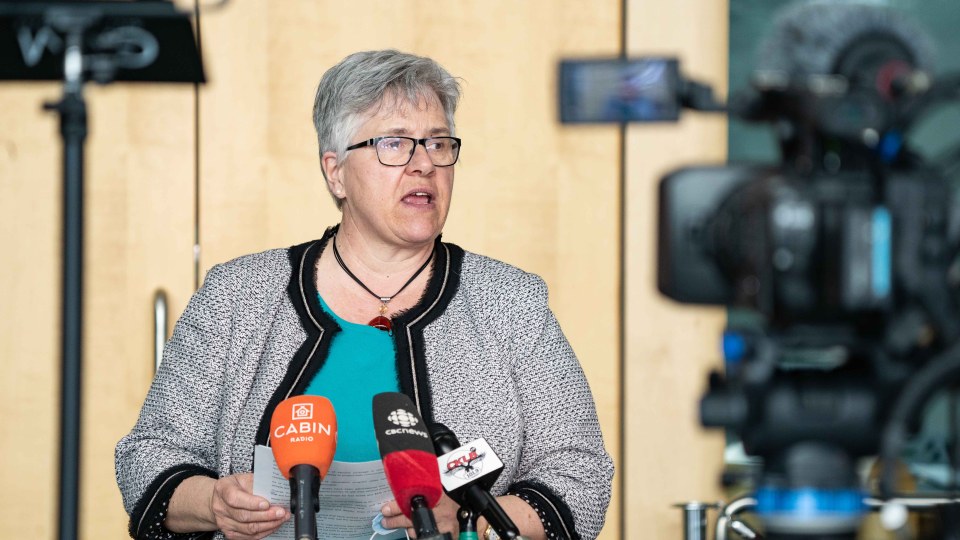 Julie Green, the NWT’s health minister, appears at a news conference in 2021. Sarah Pruys/Cabin Radio
Julie Green, the NWT’s health minister, appears at a news conference in 2021. Sarah Pruys/Cabin Radio
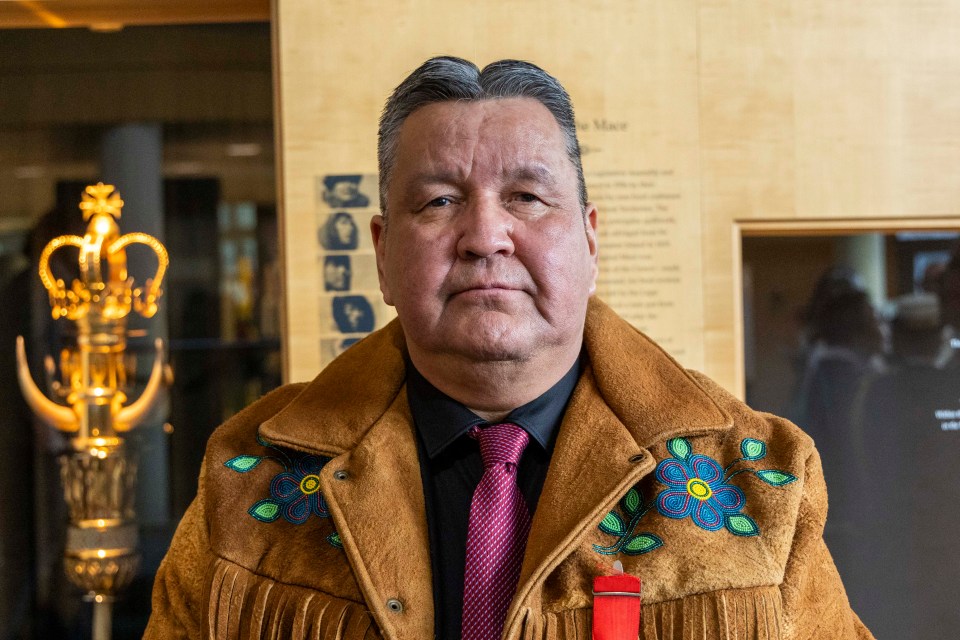 Richard Edjericon. Ollie Williams/Cabin Radio
Richard Edjericon. Ollie Williams/Cabin Radio
Edjericon responded on May 12.
“As a non-Indigenous, medium tenure cabinet minister writing to a newly elected, Indigenous ordinary member, the email in both tone and content is entirely inappropriate,” he wrote to Green.
“I will not be made silent because staff feels bad that a voice is being given to people who feel the service levels are not up to the national standard.
“In the experience of the people affected this is a truth – to ignore that truth and marginalize the Indigenous community because it is a difficult or inconvenient conversation is an antiquated relic of colonialism.”
Those emails were made public by NNSL. Meanwhile, Green carried out a CBC interview in which she suggested: “What I would like to see is that people feel comfortable talking to the health centre continuously and saying, ‘I know you gave me Tylenol, that’s not doing it. Could you do this for me or that for me?’ And to have that interactive process at the beginning, instead of waiting to complain after the process is at the crisis point.
“I realize that some people aren’t comfortable advocating with medical professionals. They feel a little shy about their lack of expertise, but that is the right thing to do. You need to tell them how you feel, so that they know what they can do for you.”
In the legislature later in May, the two politicians argued over each other’s approaches to the issue. (Edjericon was eventually barred for a day because his comments were judged to have crossed a line.)
Edjericon said Green had tried “to gaslight patients who receive unacceptable care into believing that it was their own fault for failing to advocate for their own medical conditions,” concluding the minister was “accountable for the disastrous treatment of Indigenous small-community members.”
Green said the chief executive of the NWT health authority’s Yellowknife region – which includes Fort Resolution – had twice visited Fort Resolution that month “and has opened channels of communication with the leadership there to work on the specific issues people have raised.”
Behind the scenes, the health authority drew up a communications plan to try to improve relations between residents and the health centre, which had worsened following the article.
That plan included drafting an open letter from the health authority’s chief executive officer to the community, which read in part: “We are committed as an organization to engaging and making improvements to our care and services for all residents, and part of this discussion also must include a commitment to ensure our staff feel safe and are supported to work in a respectful environment.”
Danielson visited the health centre for a meeting with Patterson and the authority’s regional manager that Danielson described as “mostly a conversation around the impact that the article was having on health centre staff.”
Danielson later told the labour arbitrator she “wanted to ensure Jennifer was OK and feeling supported.”
Time passes, then letters arrive
Months passed without further controversy in the news. Then, on November 25, 2022, MLA Edjericon wrote an email to health authority chief operating officer Danielson.
Unlike the April article, in which the MLA had expressed views about staff collectively and on broader matters of policy, this time he named an individual.
“Letter of Support for Fort Resolution to remove Ms. Peterson, Nurse in Charge,” the email subject line read, according to the arbitrator’s report, which noted the misspelling of Patterson’s name.
Edjericon attached a copy of the NNSL article from April and letters that appeared to be signed by President Arthur Beck of the Fort Resolution Métis Council, Fort Resolution Mayor Patrick Simon, and Edjericon himself.
“Many of these claims against Ms Peterson are heart-breaking and disgusting, and no patient should ever be treated this way by a professional health care worker, who is literally responsible for life and death decisions on her patients,” Edjericon wrote.
The letter appearing to be from Beck accused Patterson of being rude, disrespectful and “racist to our people.”
In all three letters, the labour arbitrator said when reviewing the evidence years later, there was “only one actual example” provided to support the claims against Patterson.
The letter apparently signed by Simon alleged Patterson had told a patient “loudly and in an angry voice ‘you’re not coming back here again because you’re going to die in Yellowknife from cancer.’” The letter added Patterson had been “belittling and condescending” to the patient in front of other staff and family members.
However, the arbitrator concluded: “The undisputed evidence is that [Patterson] was not the nurse providing care to the named patient during the event described in the letter.”
Even so, one week after Edjericon’s email, the health authority decided the best course of action was to suspend Patterson with pay. A huge investigation into her conduct was about to begin.
Part three of this series will examine why the health authority decided to suspend Patterson, the effect that decision had on other healthcare workers, and how the independent investigation unfolded – including conclusions investigators reached about who had actually written the letters.
Related Articles

